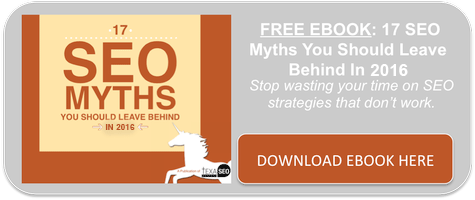Google Panda 4.2: What is is and why should I care?

First off , a definition: Panda is an ongoing series of updates to Google’s organic search ranking algorithm designed to weed out “thin” sites from the search results. (Trivia note– it was named after Google engineer Navneet Panda.) In typical Google fashion, the guidelines for “thin” content are a little obscure and volumes have been written about how to define what thin content is. It may be easiest to just use an example.
Let’s say you’re a CPA in Warren, Michigan, and you have a really solid piece of content written, 3,000 words of beautifully interwoven text that sells you as the best CPA in the 48 contiguous states, and when you punch ‘CPA in Warren’ into Google, you’re #1 every time. So, why not go to Google, look up the surrounding cities, and just do a Word find/replace to replace ‘Warren’ with ‘Eastpointe’, ‘Fraser’, ‘Hazel Park’, etc. Bam, instant content that serves the User, right?
Well, Google Panda knows what you did and they aren’t going to let you get away with it. Chances are that people in Fraser who search ‘CPA’ in Fraser’ actually want a CPA physically located in Fraser- sure, you’re close by, but there are other CPAs who are closer and so their sites serve the User search better. In the example above a bunch of content was created, sure- but it’s essentially duplicate content put out for marketing purposes, rather than to serve a user’s search intent.
This is just one example of thin content but you can easily extrapolate your own; thin content is like offsides in soccer- it can be hard to define but in general we know it when we see it. Use your intuition to determine if you have content like this, because Panda was designed specifically to smack it down. To read more on this subject, there’s a very good post from Dr. Pete Myers at SEO Moz that dives in a little deeper.
Panda first hit back in February of 2011, with the most obvious “losers” being content farms, sites with more ads than content, and thin content. Over time, they have added and subtracted and fine tuned, as they do with all their updates- but it’s important not to think of Panda as a one time thing that you can combat- all content has to be viewed through a Panda lens as it’s likely to eventually become part of the regular algorithm.
Panda 4.2, in particular, is a fairly minor “reapplication” of previously defined standards to the new data that’s arrived in Google’s index since last time. It will only affect 2-3% of queries and if you don’t have a large site designed to make money on SEO and ads, you probably don’t need to worry about it too much.
What’s this mean for your marketing? In a nutshell, you have to think like a publisher. If your law practice, for example, is 80% personal injury cases, don’t try to advertise yourself as handling every single issue in the legal book in an effort to cast a large net and scrape traffic to your site. That’s about as effective as direct mail- not very. Think inbound- what’s your wheelhouse? What do you have or do better than anyone else does? That’s where you want to focus your marketing. Create content around those ideas and Panda won’t have a chance- you’ll keep it fat and happy.
Tagged Under: google panda 4.2

